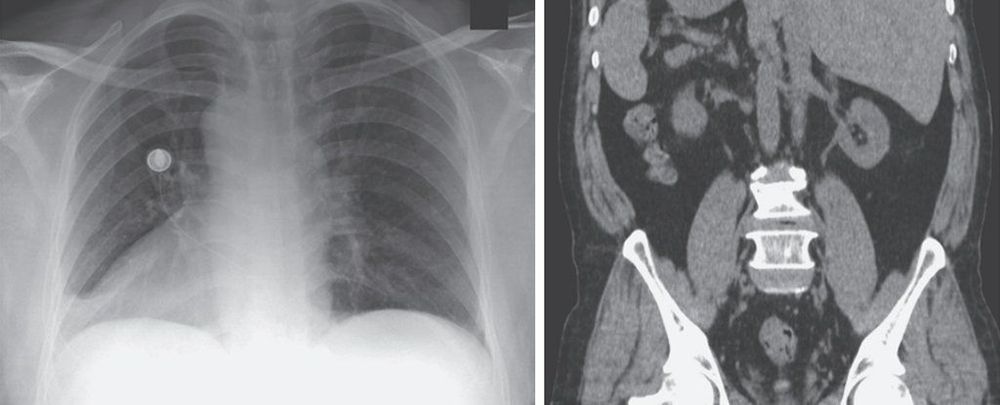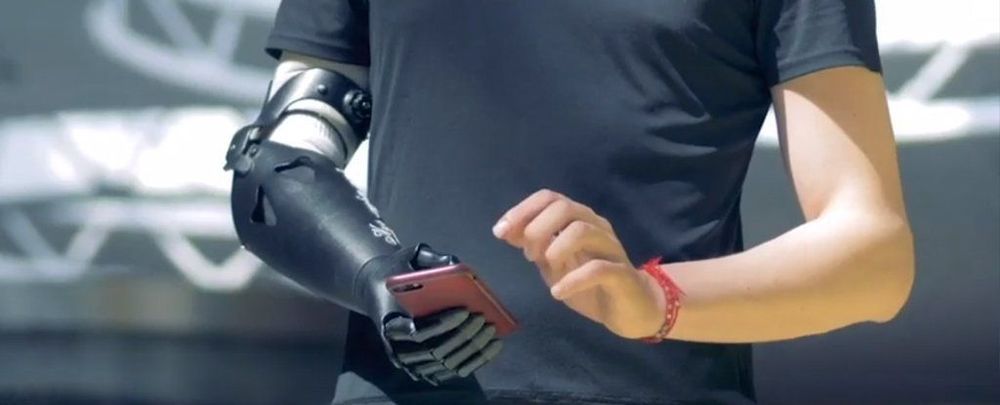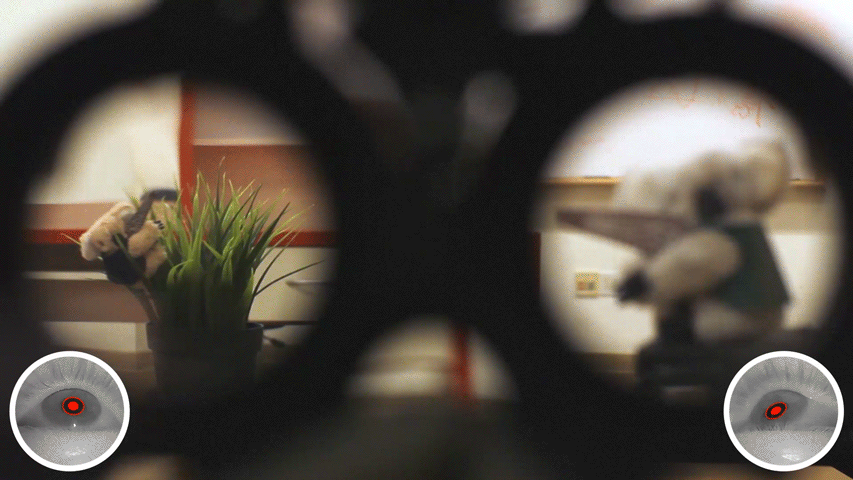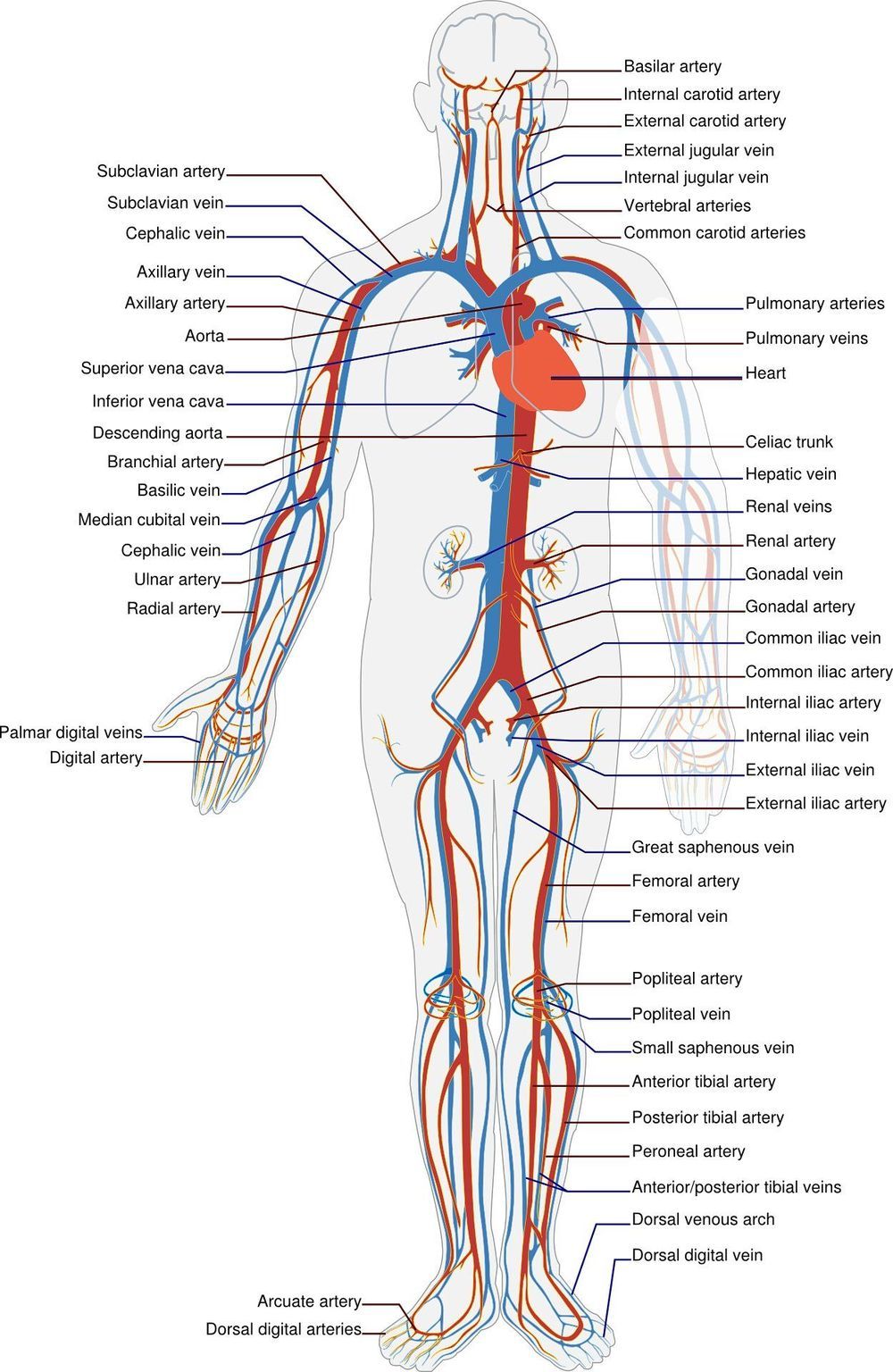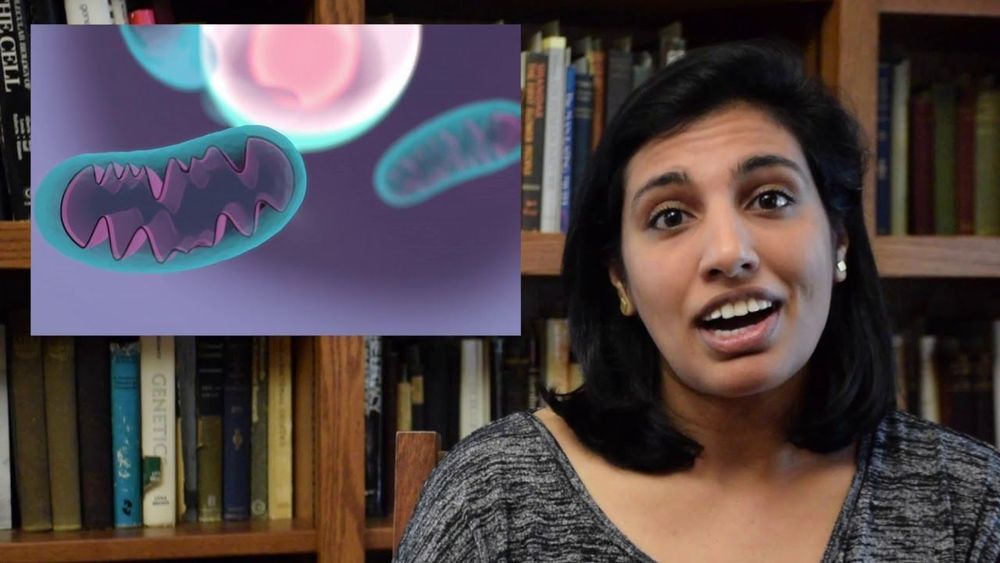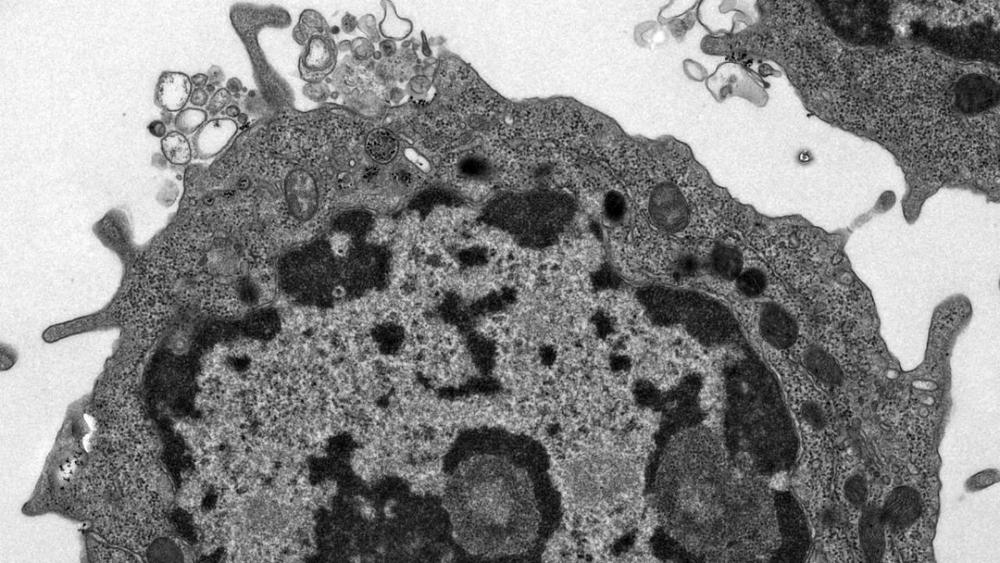Jul 2, 2019
How to support open-source software and stay sane
Posted by Derick Lee in category: biotech/medical
It’s a familiar problem: open-source software is widely acknowledged as crucially important in science, yet it is funded non-sustainably. Support work is often handled ad hoc by overworked graduate students and postdocs, and can lead to burnout. “It’s sort of the difference between having insurance and having a GoFundMe when their grandma goes to the hospital,” says Anne Carpenter, a computational biologist at the Broad Institute of Harvard and MIT in Cambridge, Massachusetts, whose lab developed the image-analysis tool CellProfiler. “It’s just not a nice way to live.”
Releasing lab-built open-source software often involves a mountain of unforeseen work for the developers.

